MPO Systems
As demand for higher data rates and higher density solutions continues to mount, data center managers are looking for ways to add more optical fiber in the most efficient, cost-effective way possible, and that can mean moving to multi-fiber push on (MPO) connectors, an interface developed to enable multi-fiber connectivity. Unlike ST or SC connectors, which are designed to connect two fibers, MPO connectors are available to connect 8, 12, or 24 fiber arrays.
Connectors are used to mechanically connect two optical fibers, allowing the light to transmit from the core of one fiber into the other, or to link to fiber-optic transmission equipment. To achieve this connection without incurring high light losses, the cores must be accurately aligned and the fiber endfaces must be properly prepared and clean of debris, scratches or chips. Obviously, when multiple fibers are involved, the testing demands are more complex and the very low loss budgets for high data rate systems also mean that connectors must have very low losses.
MPO FAQs
How do I plug an MPO connector into my OTDR?
Many OTDRs have only one plug connector, which can make plugging in your MPO confusing. Luckily, there are different ways to connect your OTDR to the MPO connector. If you want to see the MPO connector, you’re going to need a launch fiber. That launch fiber is going to need to have the same MPO connector. If you’re doing 12 fiber, you need a 12 fiber MPO launch. And if you’re doing 24 fiber MPO, you’re going to need a 24 fiber MPO launch cable. The length of that cable is going to be a function of the distance of the fiber you’re testing, or the pulse widths that you’re using. If you’re using a short pulse width, a three or a five nanosecond, maybe a 10 nanosecond pulse width, you can get by with a pretty short launch fiber. Longer the better, but say at least 20 or 30 meters. Now on the OTDR end of that launch fiber, you could either have it be a fan out cable, or you can put a cassette there and move through the ports of the cassette. Also, there are manufacturers who make a switch. The switch has say an SC port and inside the switch it will move between 12 or 24.
Which MPO connector should I use?
The three most common MPO connector options are MPO-8, MPO-12 and MPO-24.
- MPO-8 is a legacy standard for the QSFPs, coming out of the transceivers running 40 Gigabit or 100 Gigabits. It is used for both multimode and singlemode transceivers and breakouts, but offers the lowest density option, because you’ll have to have more components for the MPO-8 as you move forward into higher speeds.
- The MPO-12 is the legacy embedded base and with the use of different modules and array fanouts can accommodate multiple configurations.
- MPO-24 is the newest option and is used on the trunk cables and modules. MPO-24 helps to future proof your network because it provides the highest panel density, allows you to use fewer components and may offer the lowest first installed cost. MPO 24 trunk implementations provide significant advantages for duplex and parallel implementations, providing for faster installation and better pathway efficiency.
What is the number one cause of network failure?
The leading cause of network failures is dirty connections. Almost all the time, the dirt is completely invisible to the naked eye, but since the diameter of a fiber core is so small (50 microns for multimode fiber and only 8 microns for singlemode fiber) it doesn’t take much to block the light on the fiber endface.
When the dust cap is removed the ferrule end face can easily be contaminated by direct contact with skin oil, grease, salt, fingerprints, lint, uncured epoxy, grime or dust. Even just open air exposure may result in moisture and dust sticking to the end-face. When the dust caps are off your connectors are at risk of contamination.
This is why proper inspection and cleaning techniques are so important, especially with today’s tight loss budgets where too much loss from a dirty connection can have a direct impact on bit error rate, insertion loss and optical return loss which will impact system performance and reliability.
What is polarity? And why is it important?
Polarity defines direction of flow, such as the direction of a magnetic field or an electrical current. In fiber optics, it defines the direction that light signals travels through an optical fiber. To properly send data via light signals, a fiber optic link’s transmit signal (Tx) at one end of the cable must match the corresponding receiver (Rx) at the other end.
In duplex fiber applications, such as 10 Gig, data transmission is bidirectional over two fibers where each fiber connects the transmitter on one end and to the receiver on the other end. The role of polarity is to make sure that this connection is maintained.
Polarity in multi-fiber MPO type cables and connectors is more complicated. Industry standards call out three different polarity methods for MPOs—Method A, Method B and Method C. And each method uses different types of MPO cables.
Read more about the three options here.
How do you inspect and clean an unpinned MPO connector?
An unpinned MPO is inspected in the same way as a pinned MPO, however from an inspection perspective there’s no contact made with the fiber. You’d use the same inspection probes that will find the fibers, inspect them, and do a pass fail analysis. For cleaning, you can use the cassette style cleaners. In fact in some ways they are easier to clean than a pinned connector
What types of connectors are used in Data Center applications?
In fiber optic systems for data centers, LC, SC and MPO optical fiber connectors are often used.
- SC (square connector) connectors have a push-pull coupling end face with a spring-loaded ceramic ferrule, and is ideal in data center applications.
- LC (Lucent connector) connectors – also push-pull connectors – came along after SC connectors, and feature a smaller ferrule (for this reason, it’s known as a “small form-factor connector”). Its smaller size makes it ideal for dense data center racks and panels.
- MPO connectors are used for ribbon cables with anywhere from eight to 24 fibers.
RECENT WEBINARS
-

LAN Standards, News & Trends: 2025 Update
Join FOTC's Standards Chair, Cindy Montstream, for an update on important LAN Standards. Cindy will cover TIA standards, IEEE standards…Read more -
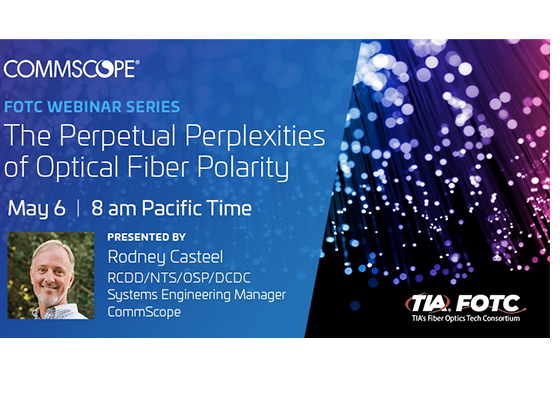
The Perpetual Perplexities of Optical Fiber Polarity
Optical Fiber Polarity is an essential design and implementation process necessary to ensure the proper functioning of all optical networks.…Read more -

Tales from the Field: The Top 5 Mistakes and How to Avoid Them
This presentation addresses some of the most common mistakes we see in the field and how to avoid them. Topics…Read more -

TIA-942-C Data Center Standard: What’s New?
The recent revision to ANSI/TIA-942-C addresses the evolving needs and challenges of modern data center infrastructure by incorporating new technologies…Read more
RECENT ARTICLES
-

Artificial Intelligence Needs Glass
With large language models that power systems like ChatGPT increasing in popularity – the AI text-generating website saw 1.6 billion…Read more -

Connecting the future—from cloud to edge
All around us, technology is rapidly evolving, and its capabilities are continuing to become a part of everyday life. Advanced…Read more -
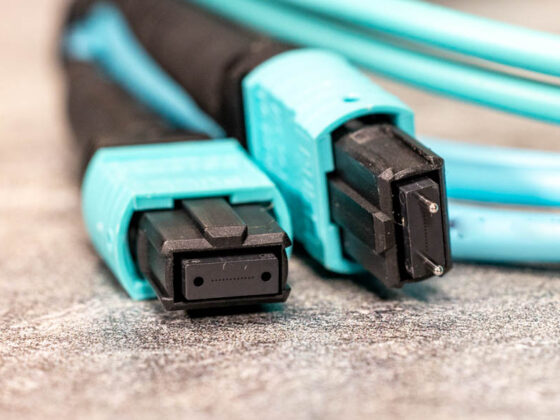
5 things you need to know about multifiber push-on connector testing
With increased service demand is driven by an uptick in teleworking, distance learning, and online socializing trends, reliable network connectivity…Read more -
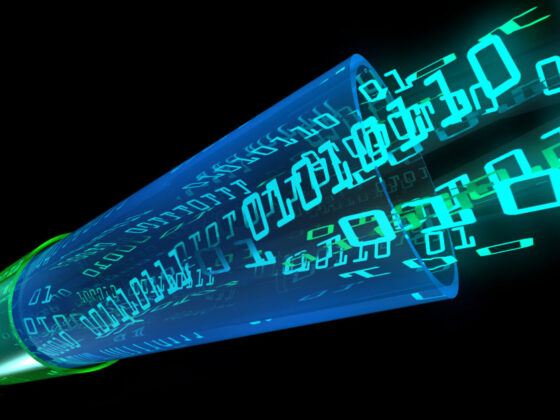
TIA Standard adds MPO Test Requirements and Procedures
In its latest revision (September 2022), the Telecom Industry Association (TIA) added MPO test requirements and procedures to their optical…Read more
RECENT WHITE PAPERS
-

Types and Locations of Edge Data Centers: Scoping Locations That Work for Your Needs
To meet the needs of new applications, data needs to be hosted very close to users and network functionality needs…Read more -
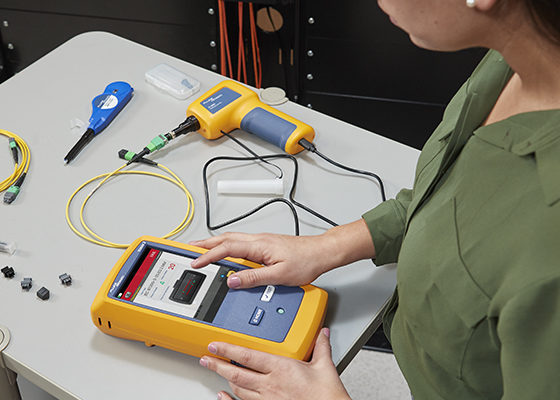
Fiber Contamination, Inspection & Cleaning
Despite industry best practice of inspecting and cleaning fiber optic endfaces, contaminated connections remain the number one cause of fiber…Read more -
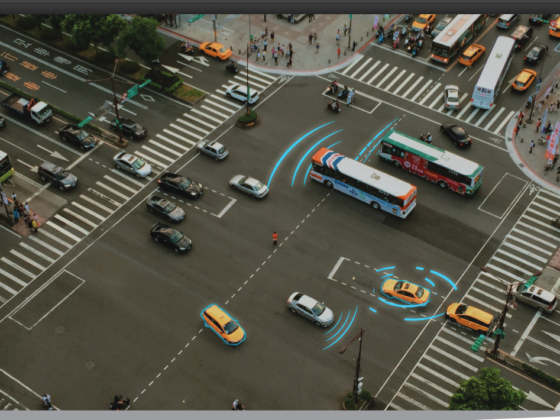
Why Edge? Why Now? How the Rise of Edge Computing will Reshape the Data Center Landscape
Over the next decade, edge computing will reshape the data center landscape due to the rapid growth in the number…Read more -
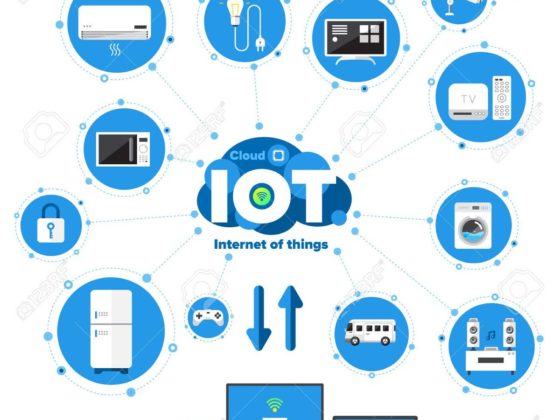
The Promise of Narrowband IoT
Current IoT communication solutions on cellular systems require too much power and cost for many of IoT’s applications. Narrowband IoT…Read more
MPO
SYSTEMS
TECHNOLOGY FOR
MPO Systems
Polarity
MPO connectors
Testing
